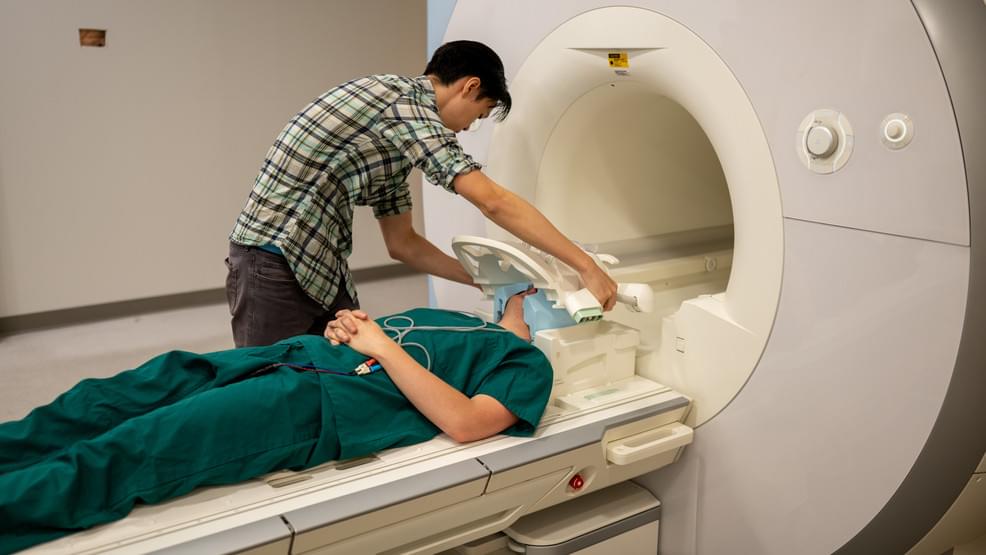
Today, the National Oceanic and Atmospheric Administration announced that it will be signing a new research agreement with Proteus Ocean Group, which has been drawing up ambitious plans to build a roomy underwater research facility that can host scientists for long stays while they study the marine environment up close.
The facility, called Proteus, is the brainchild of Fabien Cousteau, the grandson of Jacques Cousteau.
“On PROTEUS™ we will have unbridled access to the ocean 24/7, making possible long-term studies with continuous human observation and experimentation,” Cousteau, founder of Proteus Ocean Group, said in a press release. “With NOAA’s collaboration, the discoveries we can make — in relation to climate refugia, super corals, life-saving drugs, micro environmental data tied to climate events and many others — will be truly groundbreaking. We look forward to sharing those stories with the world.”








